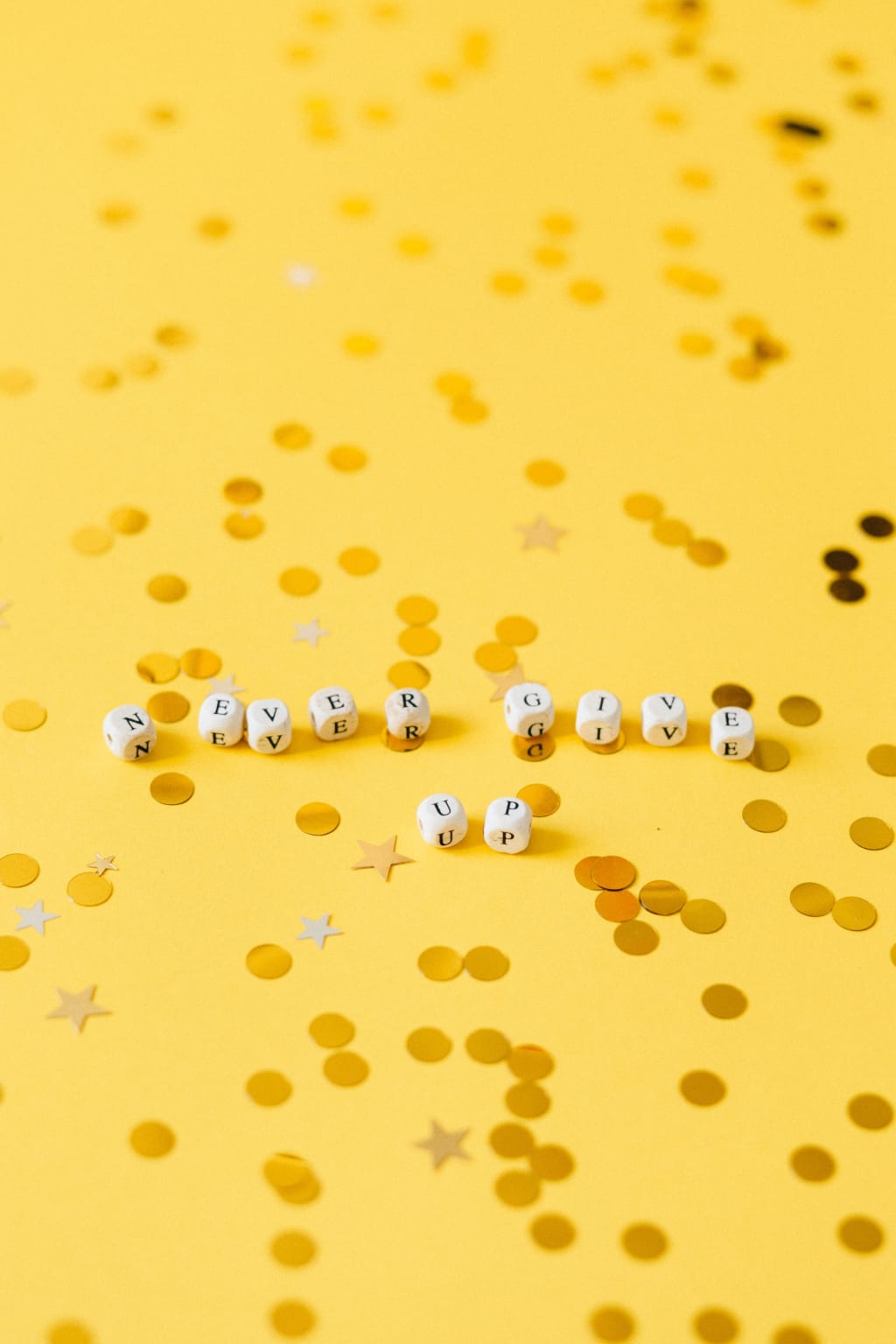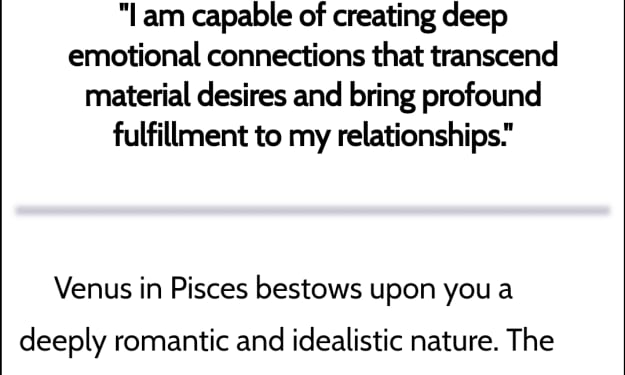How the Paralympics reveal the best of us.
Four Superheroes IRL

Do you know how gold gets refined? Raw materials are placed inside a crucible and over a flame. Under that extreme pressure, it heats up to a boil. Then, all the junk that isn’t gold separates and floats to the top to get thrown out; only the very best remains.
That’s what Paralympic athletes represent to me ~ humanity’s gold; our species finest. I consider them far superior to those that play sports without a disability.
So then why don’t we recognize that and direct our admiration accordingly? Why do we not see Paralympians as sex symbols, or on trading cards, or as the face of Reebok, or in People Magazine? Let's start.
So many impressed me this past summer; here are my four favorites:
Ibrahim Hamadtou. Egypt. Table Tennis.
This gladiator doesn’t take kindly to the word “impossible.” At the age of 10, Hamadtou lost both of his arms in a tragic train accident. He loved sports, especially table tennis, but thought his playing days were over. So, he became what he thought was the next best thing ~ a referee.
Then, one of his friends didn’t like a call he made, and snapped at Hamadtou with a cruel comment. He told Hamadtou that he didn’t know what he was talking about because Hamadtou could never compete in table tennis.
Oh, yes, he did… Hamadtou, was so mad that he taught himself how to play with his mouth. Now, he maneuvers the racket between his lips and serves with his foot. Although he didn’t win in Tokyo, at 48, this was his second of what will surely be many Paralympics.
The media has repeatedly asked this human marvel what he’s most proud of, going to the Paralympics or putting his friend in his place? The proud dad said neither. Hamadtou’s greatest joy is that his kids now see him as a hero.
Bebe Vio. Italy. Fencing.
It doesn’t get more remarkable than Beatrice Maria Adelaide Marzia Vio. This left-handed warrior, who’s better known as Bebe Vio, shreds her opponents, fencing with two prosthetic arms.
Even as a young child, Bebe was a talented fencer. Then, at 11-years-old, she contracted severe meningitis and almost died. Out of desperation to save her life, doctors amputated both her forearms and both her legs at the knee.
A pure fighter, Bebe survived but had to learn how to navigate life without her limbs and with disfiguring scars that patched her beautiful face and body. Such a feat for anyone to overcome, much less someone her age.
But Bebe’s no-quit character prevailed as she endured intensive rehabilitation. Just a few months into her recovery, Bebe stormed into a local prosthetics center demanding they build something for her so she could return to fencing.
They did, and Bebe became and continues to be unstoppable. She won the gold in Rio 2016, a title she defended in Tokyo. Between the two Paralympics, Bebe has two golds, a silver, and a bronze.

Brad Snyder. USA. Triathlon.
Many Paralympians are former veterans. For seven years, Snyder was a member of the US Navy's elite bomb disposal squad. He served in both Iraq and Afghanistan. During his 2011 tour of duty, Snyder stepped on an IED (improvised explosive device) and was permanently blinded.
In London 2012, just one year after losing his eyesight, Snyder went to the Paralympic for swimming. He won two golds and one silver. He went back in Rio 2016 and did even better, bringing back three golds and one silver.
Then, for Tokyo 2020, he switched to triathlon, and of course, he brought home the gold for that too. What a champion!
Snyder credits sports and specifically the Paralympics for rebuilding his identity following his accident and the subsequent ending of the military career he loved so much. And as if his resume wasn’t already jaw-dropping enough, you can now start practicing calling him Dr. Snyder. He’s currently attending Princeton University, working towards his Ph.D. in Public Policy.
Zakia Khudadadi. Afghanistan. Taekwondo.
A role model for women everywhere, Khodadadi was one of only two Paralympic athletes from Afghanistan to make it to Tokyo. Something she barely made, as the Taliban took over just as she was scheduled to leave.
Brave and ambitious, Khodadadi previously made history as the first Afghan female taekwondo practitioner. She has one working arm. In 2016 and at just 18-years-old, Khodadadi won the African International Parataekwondo Championship.
Khodadadi secured an invitation to represent Afghanistan at the Paralympics but was unable to fly out due to the chaos at the airport. But she didn’t give up. Khodadadi made a desperate public plea to the international community to help get her to Tokyo so that she could compete.
Several countries sympathized and were eager to help. As part of a secret evacuation, the Royal Australian Air Force airlifted Khudadadi and her compatriot Hossain Rasouli from Kabul to Paris. From there, the two arrived safely to represent Afghanistan.
Although she didn’t medal, Khudadadi’s story will go down as a highlight from Tokyo 2020. And believe me, there were many. Lucky for us, the 2022 Winter Paralympic Games are right around the corner.
“The Paralympic Games is about transforming our perception of the world.” ~ Stephen Hawking

About the Creator
Miss Charlotte
A scrappy advertising guru from the Great White North.






Comments
There are no comments for this story
Be the first to respond and start the conversation.